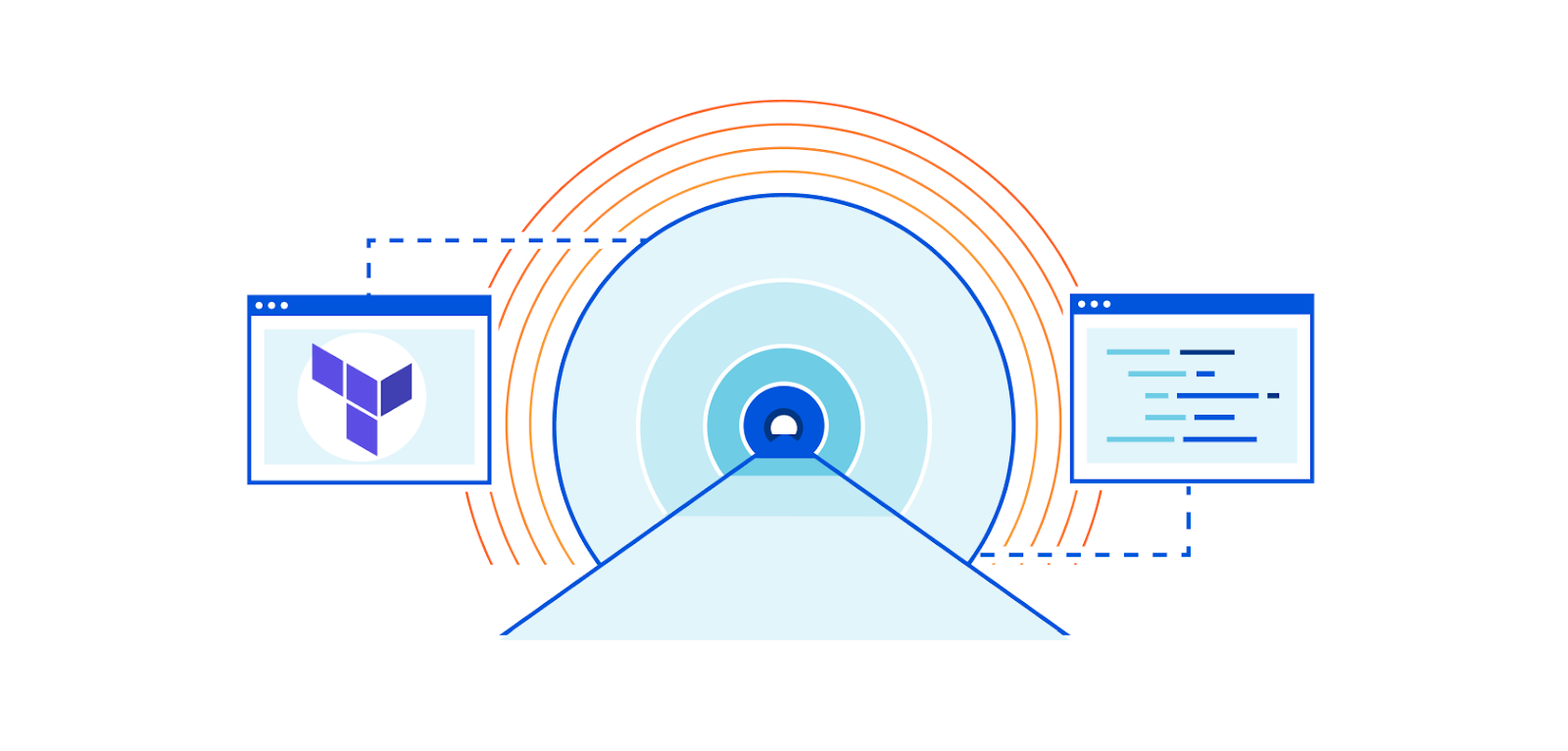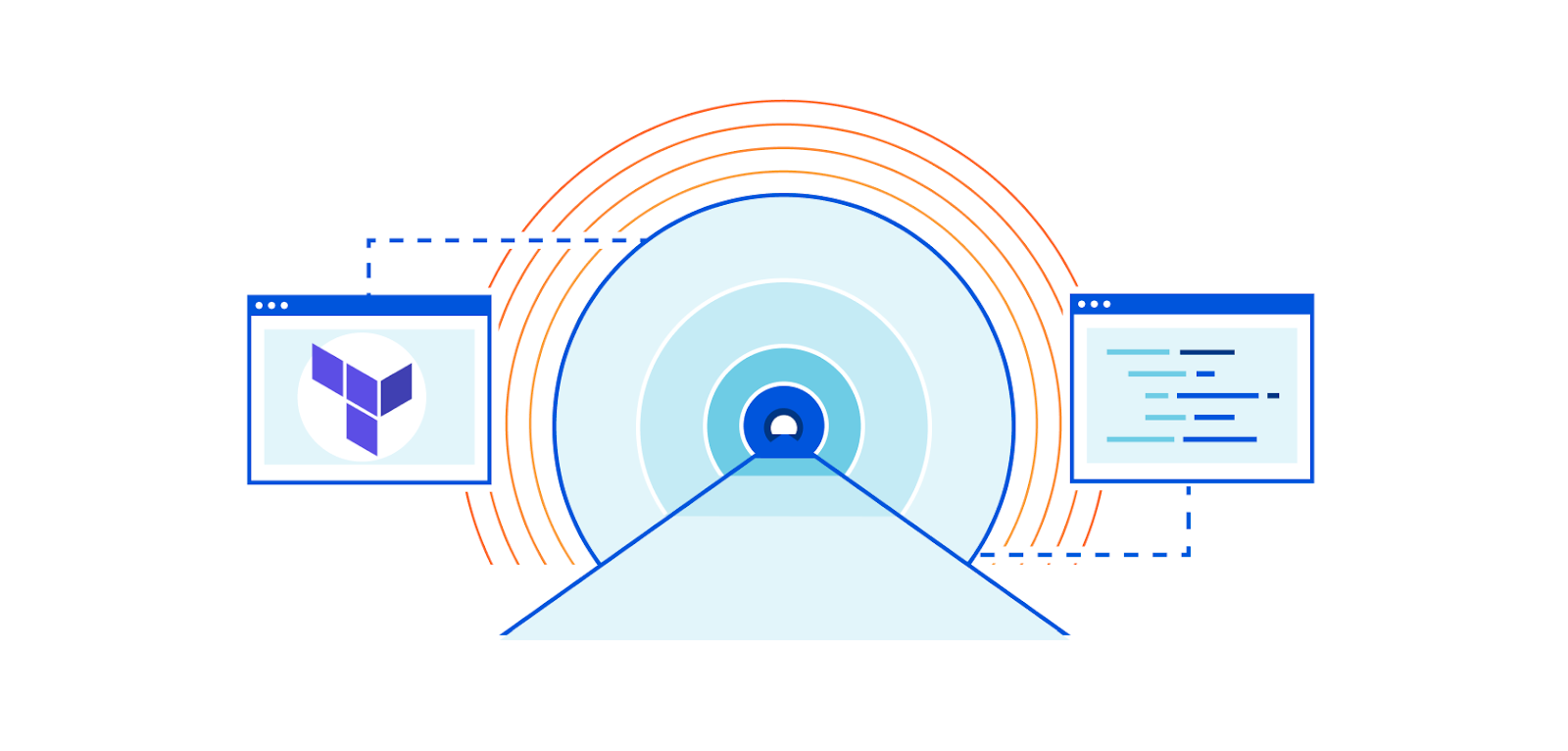AWS DeepLens and Telegram saving bird’s food and plants from my Dog!
Weekend project after a while!. Not Long ago, I did mention that my cute Dog is responsible for destructing most of the wall and paper, when enquired pro’s said its part of puppy growing up and it still needs time.Along with Dog, I personally would love to feed and enjoy petting other species to be honest out of which birds and plants are major, there are earthworms and sea life but Dog is not a threat to them based on the placement.
Links
Git: https://github.com/yukthr/auts/tree/master/aws_deeplens
Credits: Some of the code block is picked up from : https://aws.amazon.com/blogs/machine-learning/building-a-smart-garage-door-opener-with-aws-deeplens-and-amazon-rekognition/
Tripod stand: https://www.amazon.co.uk/gp/product/B08FGSV9CZ/ref=ppx_yo_dt_b_asin_title_o04_s00?ie=UTF8&psc=1
AWS DeepLens
https://aws.amazon.com/deeplens/ – Is ML/AI enabled camera which can be used at edge inferencing. Slipping down to my usual choice of words, this piece of equipment has an onboard camera , a Gpu , a Cpu and ubuntu host OS. Easily integrates with AWS and runs a local Lambda for inferencing, hence decisions are made on the device instead of reaching out to AWS to do the logic.
What is the problem!
There is a small garden at the rear of the Continue reading
Worth Exploring: Magic Carpet
John Capobianco recently released his Magic Carpet: a tool that helps you gather information from network devices without the usual Ansible bloat and glacial speed.
Believing in “no job is finished until the paperwork is done”, he wrote extensive documentation, and recorded a collection of videos describing the tool’s functionality – definitely worth reading, watching, and exploring.
Don’t miss our session at SUSECON Digital 2021
Join us at SUSECON Digital 2021, taking place virtually from May 18–20. It’s free! Tigera VP Product Management & Business Development, Amit Gupta, will be leading a session on Kubernetes networking, security and observability with Rancher and Calico. Our team will also be at the Tigera booth waiting to speak with you.
Speaking session
Don’t miss our session on Kubernetes networking, security and observability with Rancher and Calico! You can add our session to your schedule here.
Session details
Title: Kubernetes Networking, Security and Observability with Rancher and Calico
Date: Tuesday, May 18 at 6:00–6:30 PM (BST)
Rancher enables enterprises to deliver Kubernetes-as-a-Service across any infrastructure, including hybrid, multi-cloud and multi-cluster environments. Kubernetes’ networking, security, and observability for such deployments are critical in preventing an organization’s exposure to a multitude of security and compliance issues.
In this session, you’ll learn about how you can leverage open-source Calico in Rancher (built-in) to secure your Kubernetes environments. You will also learn about how Calico Cloud and Calico Enterprise, built on open-source Calico, can help you address performance hotspots, troubleshoot microservice communication, and carry out anomaly detection. Lastly, you will learn how to bootstrap and configure your Rancher cluster along with sample network Continue reading
Heavy Networking 578: When Your Homegrown Tool Becomes Essential To The Team
Lots of network engineers develop tools to help them automate tasks. What happens if you build something so useful it becomes adopted in your organization? Ivan Del Rio, Senior IP Engineer at DQE Communications, stops by the podcast to talk about a tool he built to automate some of his own tasks that is now being widely used. He discusses how and why he built the tool, and how supporting and developing the tool affects his day-to-day responsibilities.
The post Heavy Networking 578: When Your Homegrown Tool Becomes Essential To The Team appeared first on Packet Pushers.
Heavy Networking 578: When Your Homegrown Tool Becomes Essential To The Team
Lots of network engineers develop tools to help them automate tasks. What happens if you build something so useful it becomes adopted in your organization? Ivan Del Rio, Senior IP Engineer at DQE Communications, stops by the podcast to talk about a tool he built to automate some of his own tasks that is now being widely used. He discusses how and why he built the tool, and how supporting and developing the tool affects his day-to-day responsibilities.Internet Society Offers to Assist Establishing “XChange Point” in Inuvik

This article was originally published in The Inuvik Drum. Town pens letter of support for idea that would expand Internet activity in Delta Inuvik Town Council has penned a letter of support for establishing an “Internet XChange Point” (IXP) in the Beaufort Delta, should one or more of the NWT’s Telecommunications companies choose to pursue […]
The post Internet Society Offers to Assist Establishing “XChange Point” in Inuvik appeared first on Internet Society.
Networking Isn’t Just A Tool

It’s another event week for me at Networking Field Day 25 and I’m continually impressed with the level of technology that we see in the networking world. I think back to how things looked when I was still deploying the networks I built and it seems like a hundred years ago instead of a decade. More software driving better outcomes for users. Easier collection of analytics and telemetry to understand how to tune things and make them faster and better. And, honestly, more need for advanced technical people to tune everything and make it work better.
When you consider that the last year has been done over the Internet for most of us it gets even crazier. Meetings, software productivity, and even food delivery has been driven by apps running in the cloud that we communicate with over the Internet. I can remember a time when I didn’t have a mobile phone in my pocket with Internet capabilities. Today I can barely imagine not having it at my fingertips. When the network is not doing things the way we want we quickly find out how dependent we’ve become on our connectivity.
Generational Differences
My children are amazed that dial-up networking Continue reading
The Inevitable Transformation Of Networking – Packet Pushers LiveStream With Alkira (Video 1)
Greg Ferro speaks with Alkira Founder and CEO Amir Khan about the complications of cloud networking and customer struggles around day 2 operations, governance, compliance. They talk about how Alkira has built its own infrastructure to enable multi-cloud networking as-a-service in this video excerpt of the Packet Pushers Livestream event on April 22, 2021.
The post The Inevitable Transformation Of Networking – Packet Pushers LiveStream With Alkira (Video 1) appeared first on Packet Pushers.
Weekend Reads 051421
All good parties come to an end, and the one that Intel has enjoyed for an unbelievable dozen years, starting with the rollout of the “Nehalem” Xeon E5500 processors back in March 2009, is over. Find the Advil, grab a glass of water, and try not to drop all the pills Continue reading
Don’t miss our session at SUSECON Digital 2021
Join us at SUSECON Digital 2021, taking place virtually from May 18–20. It’s free! Tigera VP Product Management & Business Development, Amit Gupta, will be leading a session on Kubernetes networking, security and observability with Rancher and Calico. Our team will also be at the Tigera booth waiting to speak with you.
Speaking session
Don’t miss our session on Kubernetes networking, security and observability with Rancher and Calico! You can add our session to your schedule here.
Session details
Title: Kubernetes Networking, Security and Observability with Rancher and Calico
Date: Tuesday, May 18 at 6:00–6:30 PM (BST)
Rancher enables enterprises to deliver Kubernetes-as-a-Service across any infrastructure, including hybrid, multi-cloud and multi-cluster environments. Kubernetes’ networking, security, and observability for such deployments are critical in preventing an organization’s exposure to a multitude of security and compliance issues.
In this session, you’ll learn about how you can leverage open-source Calico in Rancher (built-in) to secure your Kubernetes environments. You will also learn about how Calico Cloud and Calico Enterprise, built on open-source Calico, can help you address performance hotspots, troubleshoot microservice communication, and carry out anomaly detection. Lastly, you will learn how to bootstrap and configure your Rancher cluster along with sample network Continue reading
Automating Cloudflare Tunnel with Terraform


Cloudflare Tunnel allows you to connect applications securely and quickly to Cloudflare’s edge. With Cloudflare Tunnel, teams can expose anything to the world, from internal subnets to containers, in a secure and fast way. Thanks to recent developments with our Terraform provider and the advent of Named Tunnels it’s never been easier to spin up.
Classic Tunnels to Named Tunnels
Historically, the biggest limitation to using Cloudflare Tunnel at scale was that the process to create a tunnel was manual. A user needed to download the binary for their OS, install/compile it, and then run the command cloudflared tunnel login. This would open a browser to their Cloudflare account so they could download a cert.pem file to authenticate their tunnel against Cloudflare’s edge with their account.
With the jump to Named Tunnels and a supported API endpoint Cloudflare users can automate this manual process. Named Tunnels also moved to allow a .json file for the origin side tunnel credentials instead of (or with) the cert.pem file. It has been a dream of mine since joining Cloudflare to write a Cloudflare Tunnel as code, along with my instance/application, and deploy it while I go walk my dog. Tooling should Continue reading
A Near Miss and a Total Loss: Lessons from 2021 in Data Center Resiliency
Companies need to operate production systems and backup systems in different regions to ensure a power outage in one region won’t interrupt operations indefinitely.Video: Cisco SD-WAN Site Design
In the Site Design part of Cisco SD-WAN webinar, David Penaloza described capabilities you can use when designing complex sites, like extending SD-WAN transport between SD-WAN edge nodes, or implementing high availability between them. He also explained how to track an Internet-facing interface and a service beyond its next hop.
Video: Cisco SD-WAN Site Design
In the Site Design part of Cisco SD-WAN webinar, David Penaloza described capabilities you can use when designing complex sites, like extending SD-WAN transport between SD-WAN edge nodes, or implementing high availability between them. He also explained how to track an Internet-facing interface and a service beyond its next hop.
What Will Be the Next New Normal in Cloud Software Security?
Accelerated moves to the cloud made sense at the height of the pandemic -- organizations may face different concerns in the future.SP. Part 9. Health check of Segment Routing Traffic Engineering (SR-TE) tunnels with seamless BFD in Nokia SR OS
Hello my friend,
For a long time we haven’t posted blogs about pure network technologies. However, recently we were working on some interesting use case, which so far is not yet covered at a level of the working details nowhere in the internet. As such, we decided to share with you our findings and working details.
2
3
4
5
retrieval system, or transmitted in any form or by any
means, electronic, mechanical or photocopying, recording,
or otherwise, for commercial purposes without the
prior permission of the author.
How automation can help with SR-TE in SP network?
In some (big) networks the BGP-SR-TE is a good signal the SR-TE policies, so that the PE routers can build the SR-TE tunnels without the need to configure them locally. However, the BGP-SR-TE requires a full pledged SDN controller, so that you can generate the SR-TE policy in the backend using some UI/API and send the policies down to the network elements using the BGP. If you want to have a somewhat simpler setup, you may need need to deploy the tunnels manually. In this case, the automation is your closest Continue reading